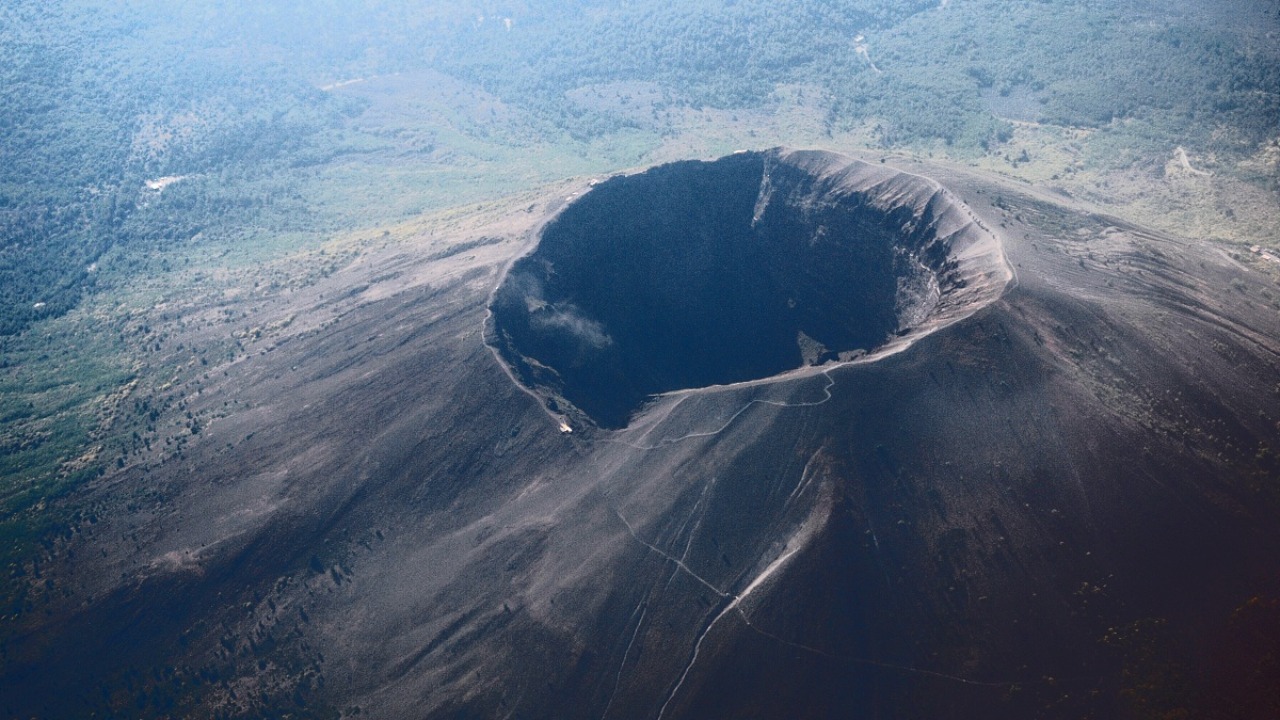
A dormant 18th-century mechanical model of Mount Vesuvius has been brought back to life by engineering students at the University of Melbourne. This intricate device, originally designed as a moving painting to simulate volcanic eruptions, has been restored to its former glory after 250 years, thanks to modern conservation efforts.
Origins of the Mechanical Vesuvius Model
The mechanical model of Mount Vesuvius was created in the 18th century, inspired by the infamous eruption of 79 AD that buried the city of Pompeii. It was designed as an educational and entertainment piece, catering to the fascination of European audiences with natural disasters during the Enlightenment era. The model’s intricate craftsmanship, including gears and hidden mechanisms for simulating lava flows, underscores its status as a precursor to modern automata.
Discovery and Initial Condition
After centuries of obscurity, the mechanical model was rediscovered in a private collection. However, it was non-functional due to degraded components. Prior to its restoration, the device was housed at an undisclosed location in Europe, where it remained preserved but silent for 250 years. An examination of the model revealed rusted bellows and jammed levers, which were key elements needed for its volcanic simulation effects.
Restoration Process at University of Melbourne
Engineering students at the University of Melbourne took the lead in restoring the model. They disassembled the device to repair its internal mechanics, using techniques such as 3D scanning and custom part fabrication to replace irreparable 18th-century components without altering the original design. The team also collaborated with conservators to test safe activation methods, ensuring the artwork’s historical integrity during its revival.
Technical Mechanisms and Eruption Simulation
The model’s core features include a series of clockwork gears that drive piston-like bellows to produce smoke and light effects mimicking lava. Hidden compartments release colored fluids and sparks to represent an erupting volcano, powered originally by hand-crank operation. Modern tweaks, such as LED integrations for safer illumination, were added by the University of Melbourne team to replicate the fiery display.
Significance in Art and Science History
This restoration serves as a landmark example of 18th-century mechanical art, bridging historical scientific curiosity with contemporary engineering. It underscores the evolution of volcano models from artistic novelties to tools for geological education. The success of this project highlights the effectiveness of interdisciplinary approaches, combining art conservation with STEM disciplines at institutions like the University of Melbourne.
Public Reaction and Future Exhibitions
Following its activation, the model has garnered attention in scientific media for demonstrating enduring ingenuity in automata. Plans are underway to display the model in public museums to educate audiences on 18th-century innovations, with the University of Melbourne coordinating loans. This project has also sparked interest in exploring similar dormant devices, potentially leading to more revivals of historical mechanical wonders.
More from MorningOverview